SAN ANGELO, TX — A colossal 42-inch pipeline, known as the Matterhorn Express, is currently under construction in southern Tom Green County. This pipeline is set to carry natural gas from the Waha natural gas hub in Pecos County to Katy, marking a significant development in the region's energy infrastructure. Observers have witnessed construction crews diligently working to tunnel the pipeline underneath Guinn Road, just south of Knickerbocker.
Once this ambitious project is completed, the Matterhorn Express will have the capacity to transport a staggering 2.5 billion cubic feet of natural gas per day across a 490-mile stretch. This pipeline will link the abundant natural gas resources of the Permian Basin in West Texas and Southern New Mexico to the bustling energy markets of Houston, facilitating the sale of natural gas on a global scale. Financial news reports have indicated that the estimated completion date for this project is the end of 2024.
The significance of the Matterhorn Express cannot be overstated, as it will contribute approximately 25 percent of the total takeaway capacity of the Waha terminal, which currently stands at 10 billion cubic feet per day. The only pipeline out of Waha with a similar capacity and length is the Permian Highway Pipeline, which began operations in 2021 and has a capacity of 2.1 billion cubic feet per day. It's worth noting that this pipeline took a different route, bypassing Tom Green County and instead passing through Schleicher and Menard Counties on its way to Junction.
The construction crews have already achieved a remarkable feat by boring the pipeline approximately 50 feet below both Spring and Dove Creeks. Their next challenge lies in crossing underneath the South Concho River as they continue their eastward progress.
The Matterhorn Express project represents a significant step forward in the region's energy landscape, with far-reaching implications for the transportation and distribution of natural gas. As the project unfolds, it is poised to contribute to the economic vitality and energy security of both local communities, the broader region, and our country.
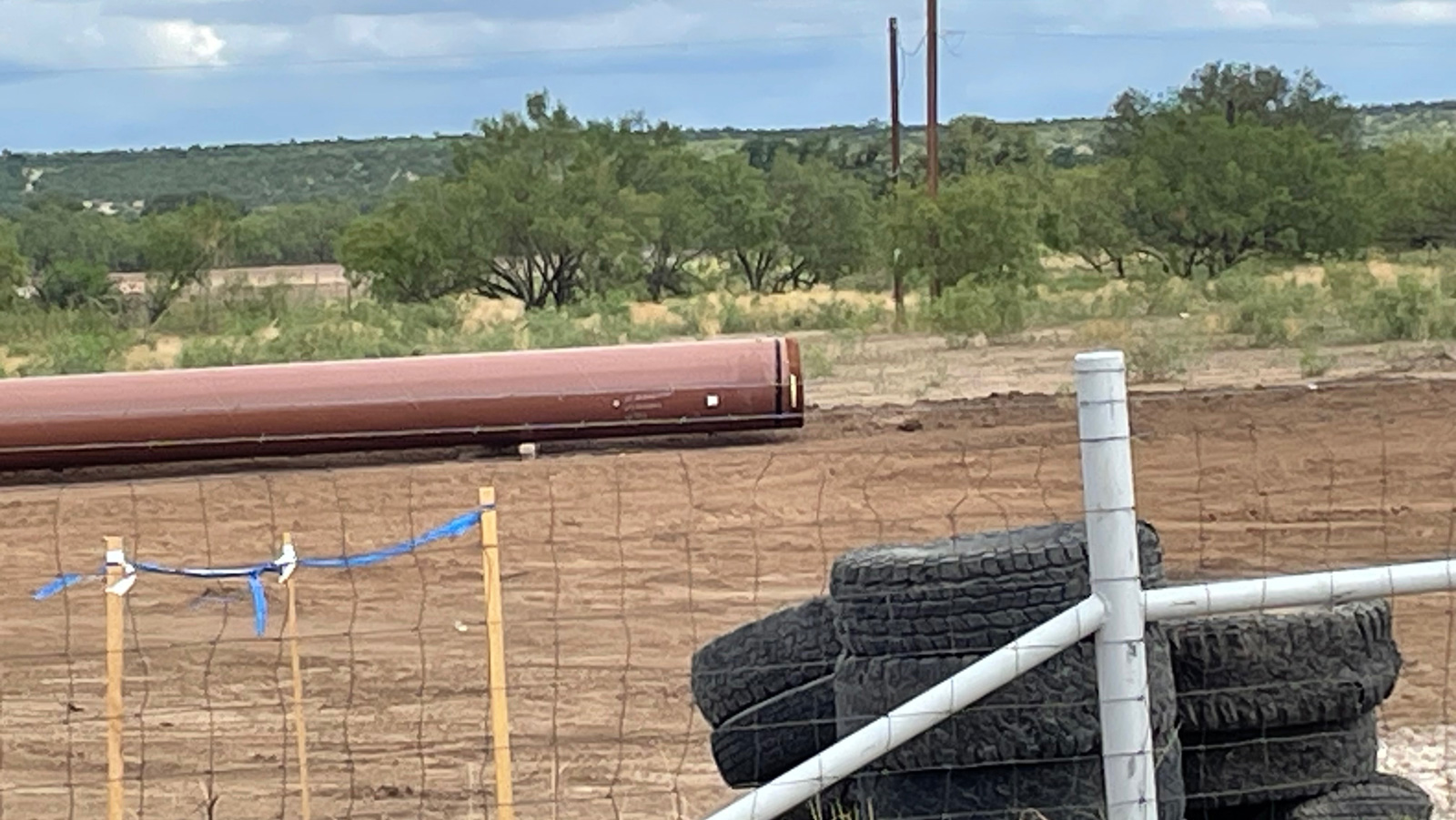
A colossal 42-inch pipeline, known as the Matterhorn Express, is currently under construction in southern Tom Green County, as seen on Oct. 20, 2023 near Guinn Road south of Knickerbocker.
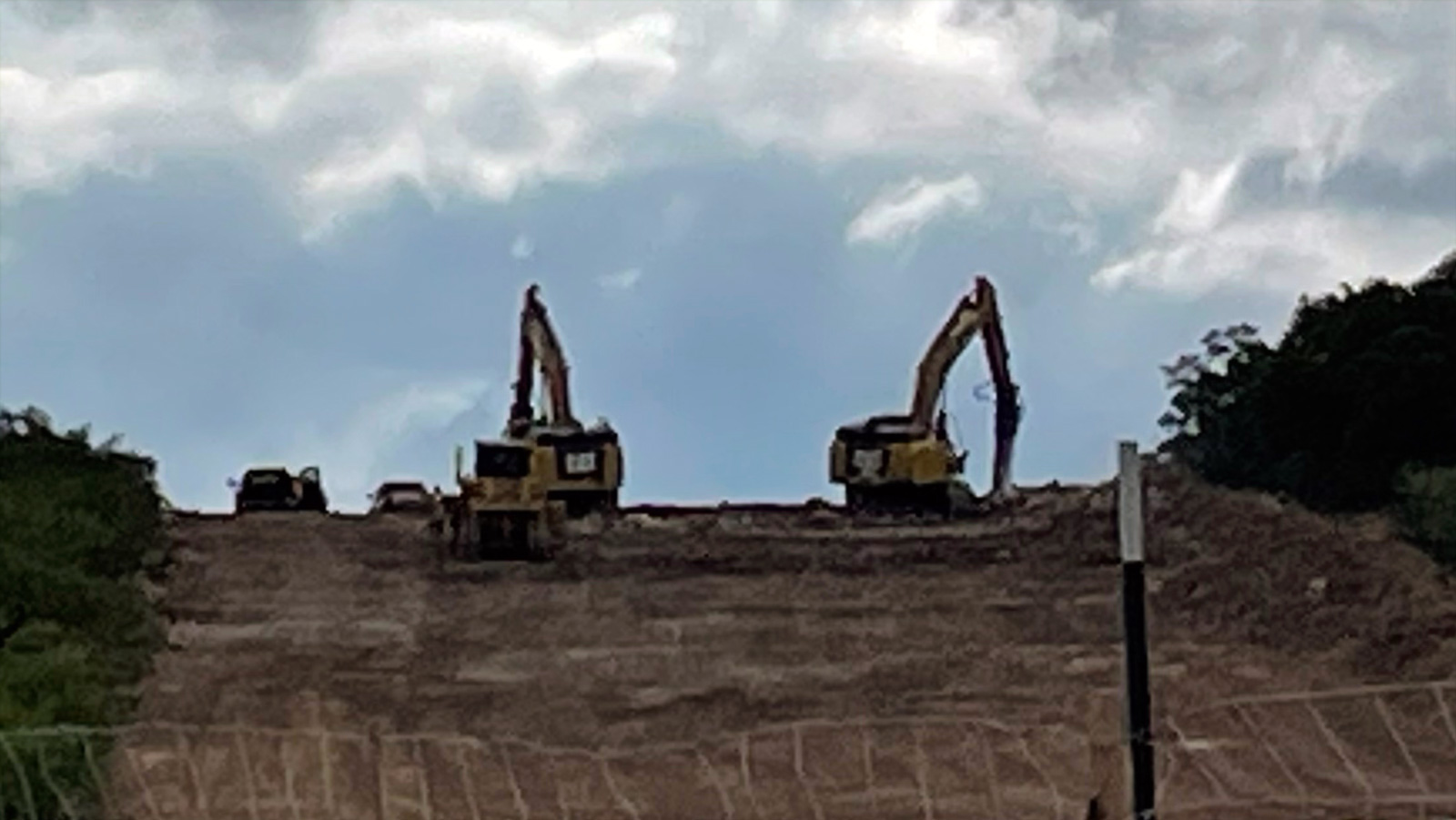
A colossal 42-inch pipeline, known as the Matterhorn Express, is currently under construction in southern Tom Green County, as seen on Oct. 20, 2023 near Guinn Road south of Knickerbocker.
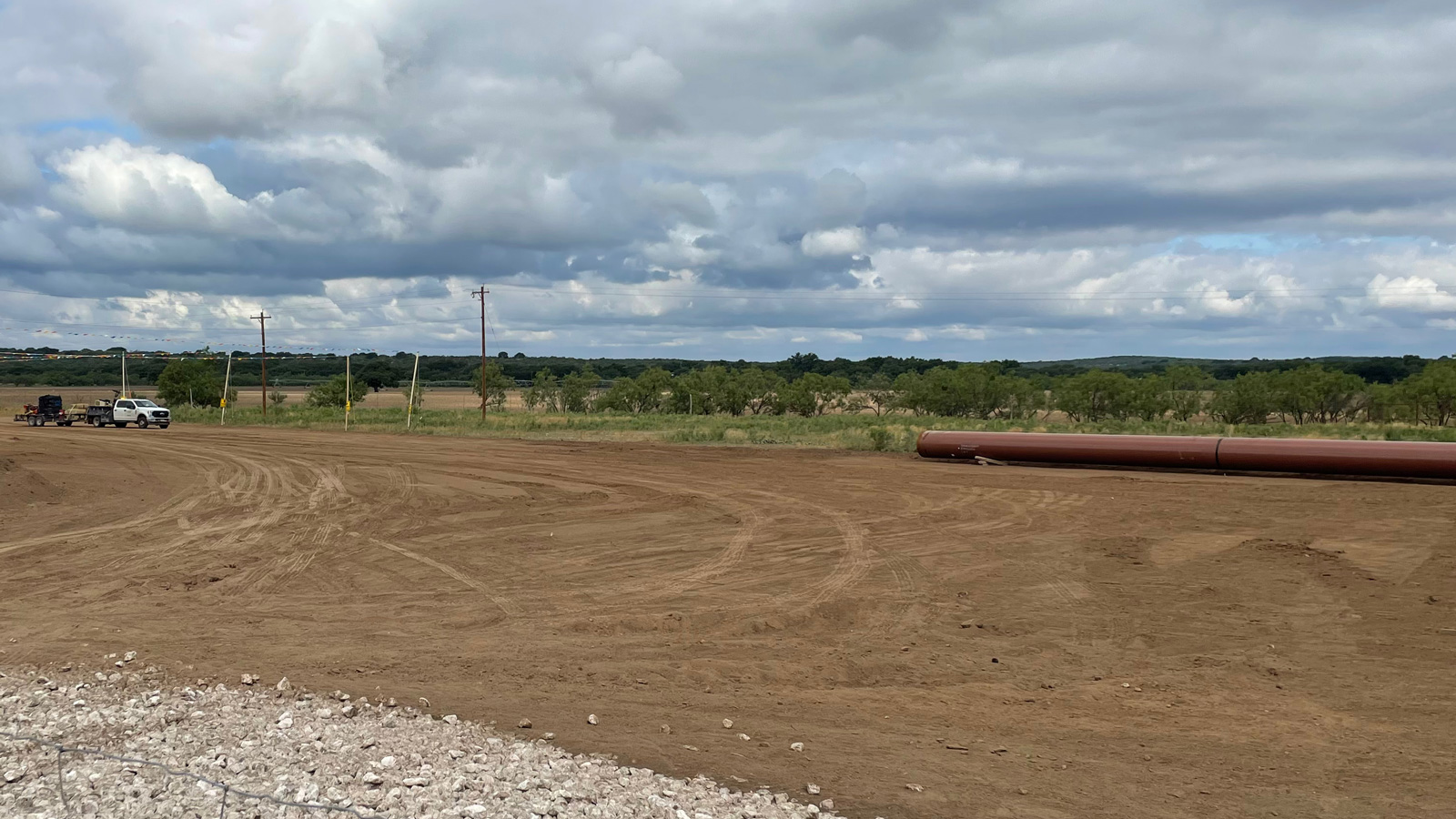
A colossal 42-inch pipeline, known as the Matterhorn Express, is currently under construction in southern Tom Green County, as seen on Oct. 20, 2023 near Guinn Road south of Knickerbocker.
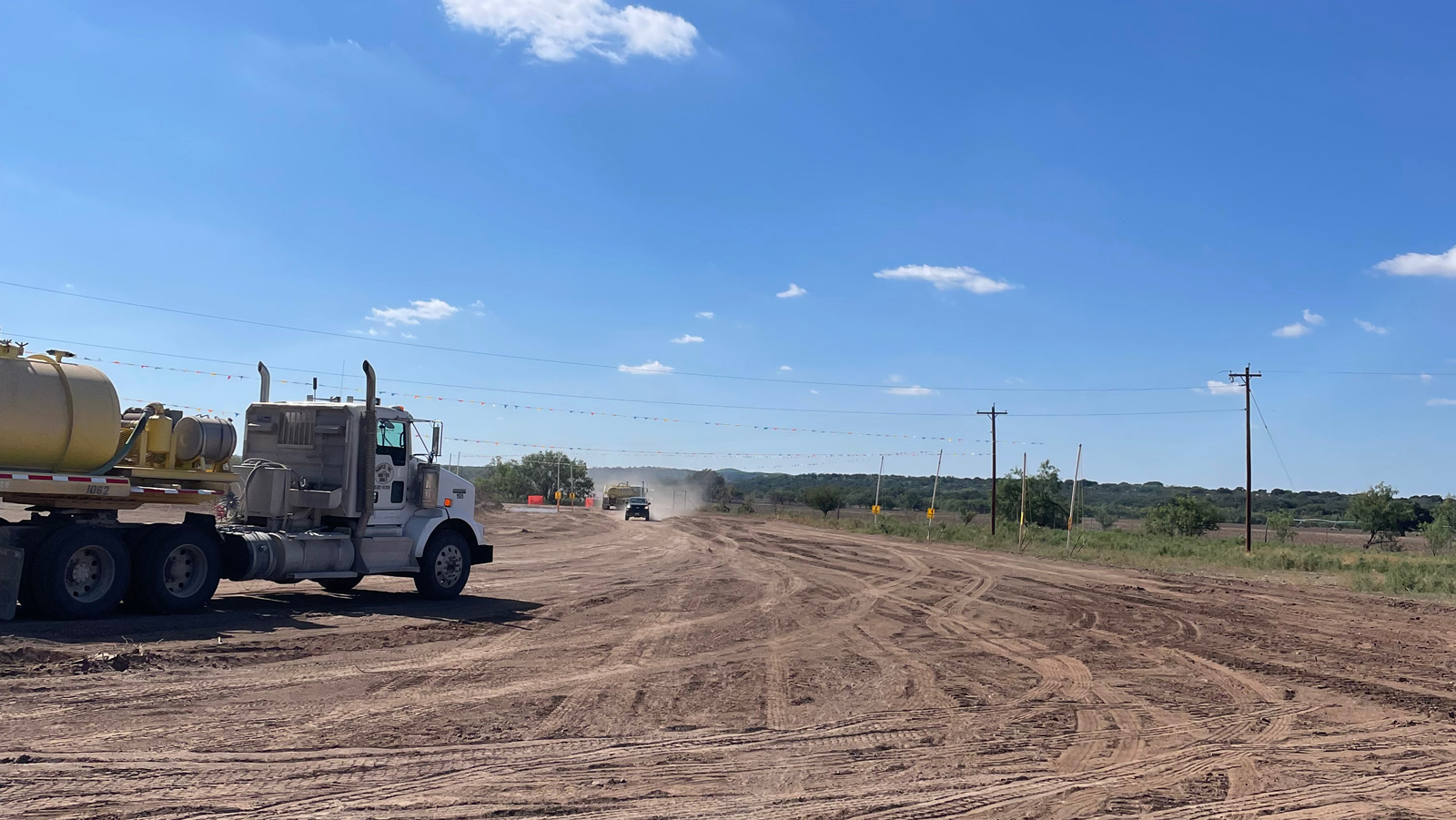
A colossal 42-inch pipeline, known as the Matterhorn Express, is currently under construction in southern Tom Green County, as seen on Oct. 20, 2023 near Guinn Road south of Knickerbocker.
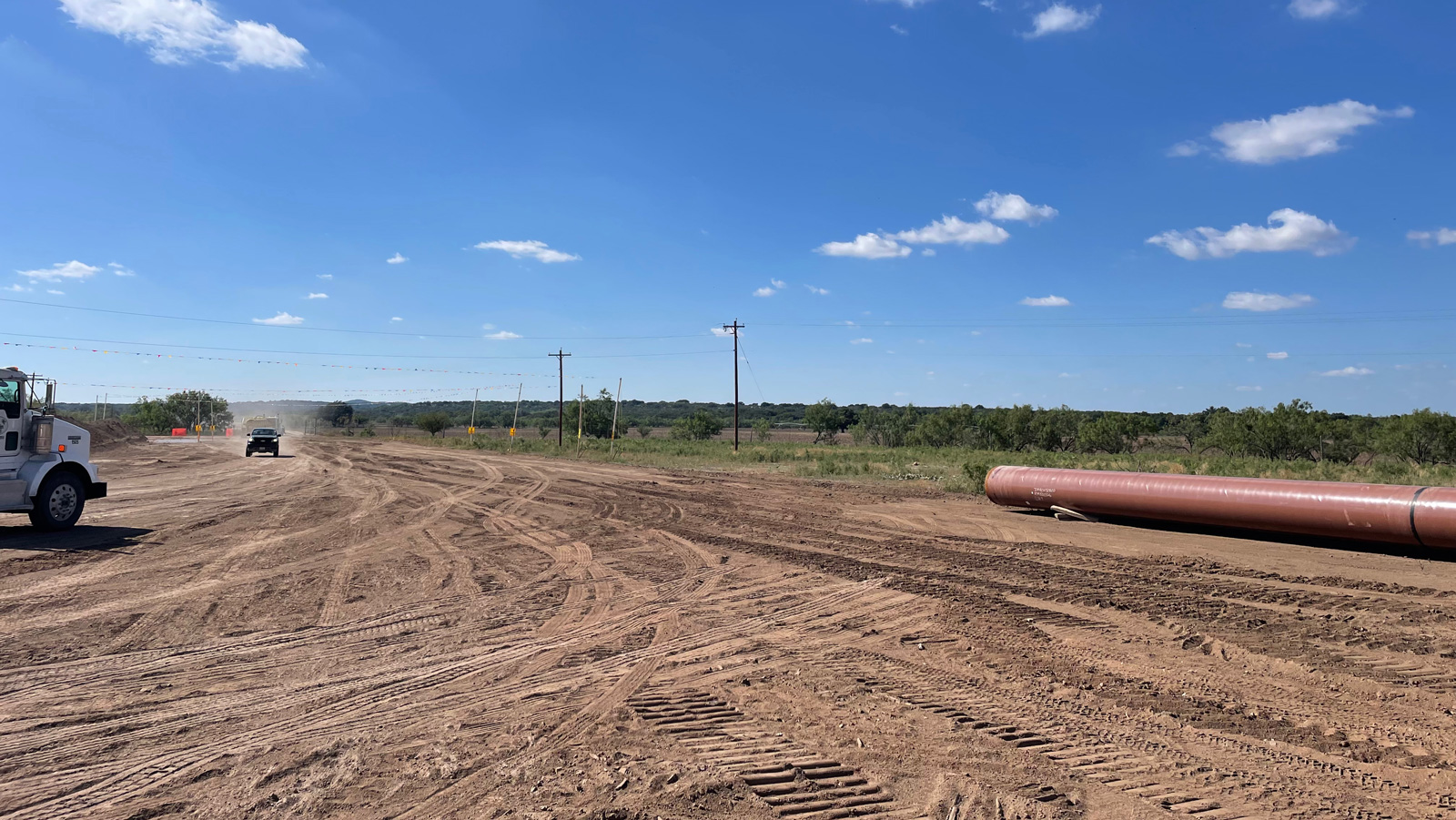
A colossal 42-inch pipeline, known as the Matterhorn Express, is currently under construction in southern Tom Green County, as seen on Oct. 20, 2023 near Guinn Road south of Knickerbocker.
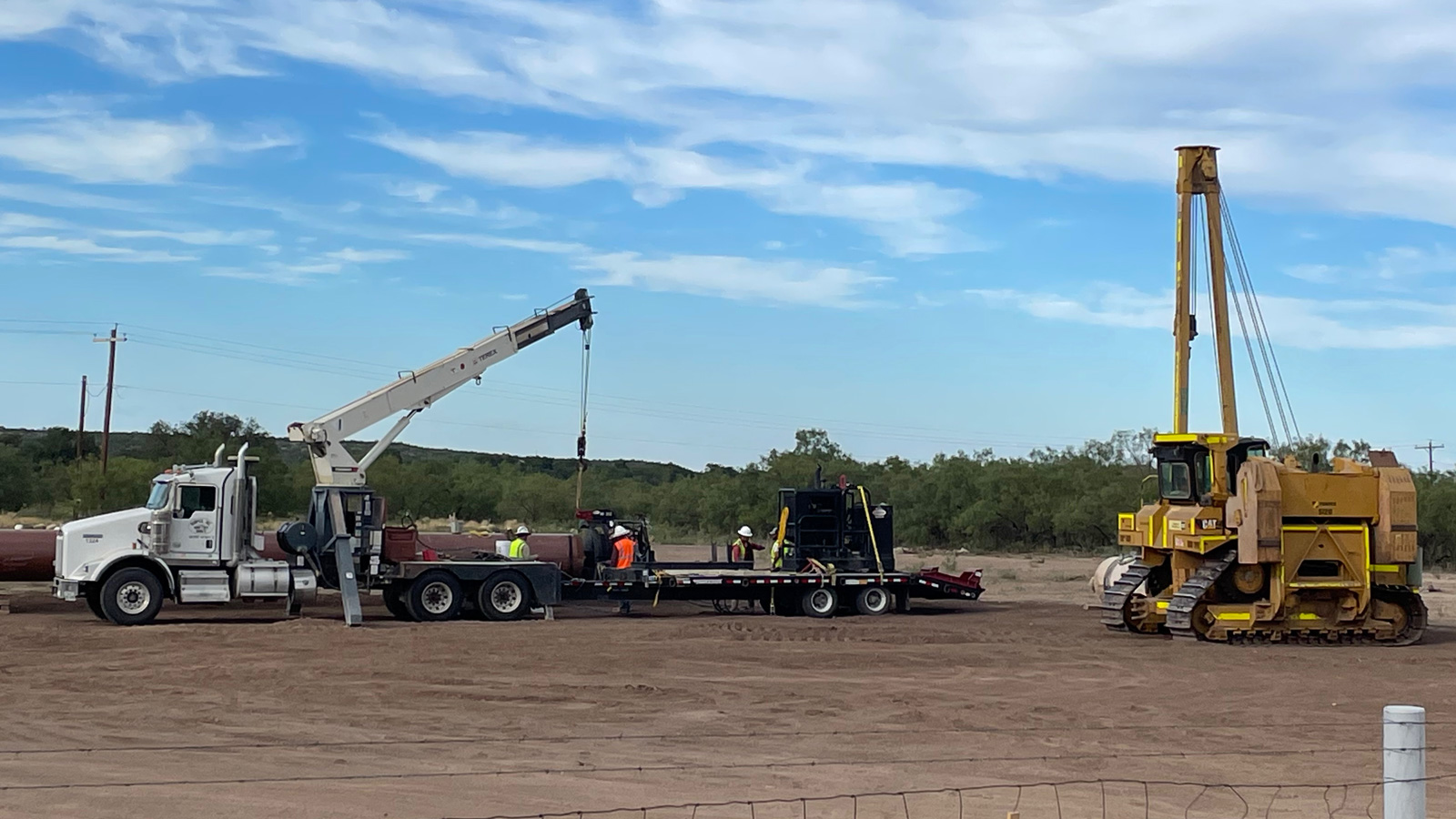
A colossal 42-inch pipeline, known as the Matterhorn Express, is currently under construction in southern Tom Green County, as seen on Oct. 20, 2023 near Guinn Road south of Knickerbocker.
Subscribe to the LIVE! Daily
Required






Post a comment to this article here: